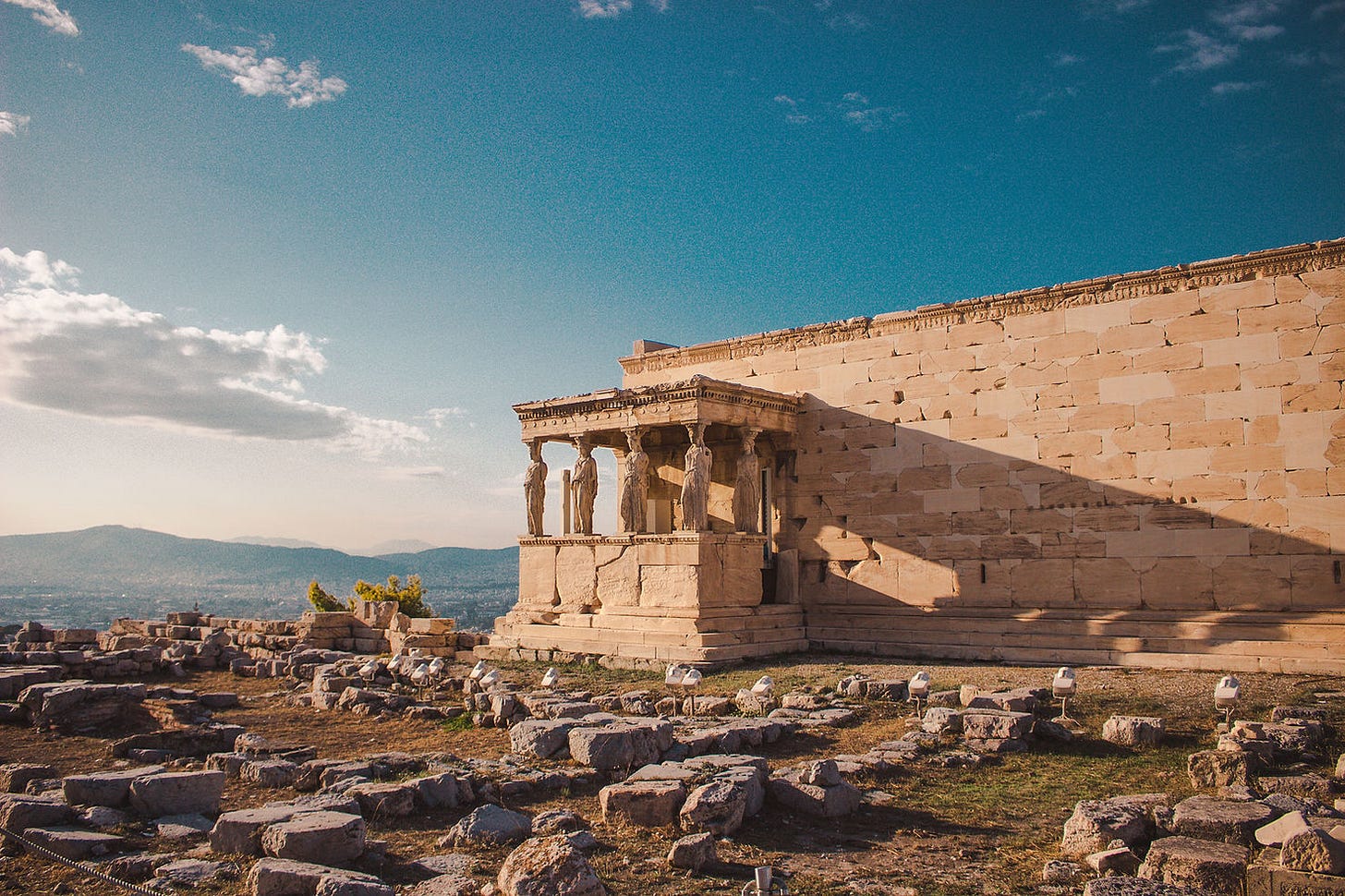Curriculum Sequencing
You’ve spent hours and hours on your latest unit of work: you’ve done a ton of research, you’ve identified potential misconceptions, you’ve created beautiful resources… and by the end of the unit of learning, the children still fail to tell you at least five things they’ve learned.
This familiar frustration is lived in primary schools across the land. Why does this happen so frequently?
Cognitive science offers an answer.
Cognitive science explains that a child's working memory can only hold three to four pieces of information before being overloaded. For content to be stored in long-term memory, a child must spend a substantial amount of time thinking about it and think about it repeatedly over time.
Teaching new content in bitesize chunks and reviewing it afterwards until students have memorised it are two important principles for effective teaching and learning. However, with so much content to cover – especially in the humanities subjects – this can be a real challenge.
Considering how content is sequenced can help: the way teaching units are structured and sequenced has a significant impact on what children learn. By thinking about how content builds on prior knowledge and returns to key concepts, we can unlock opportunities to support memorisation. This makes our teaching more effective as children develop their understanding and make meaningful links to what they already know.
Here are three examples of how content from the humanities subjects could be sequenced over different periods of time.
History – Sequencing throughout a Unit
A key idea of Ancient Egypt is the concept of ‘pharaoh’. If children have one lesson on Egyptian monarchs, their understanding is likely to be limited. They may remember that pharaoh is the name for an Egyptian King or Queen – a concept which is familiar to them so is more easily remembered. They may indeed also remember some catchy names like Tutankhamun or Cleopatra, but if all the more ambitious content about pharaohs is given in one lesson, they are unlikely to be able to recall it all later.
Instead, the concept can be returned to over a series of lessons. Pharaoh can be understood in terms of their position in the social hierarchy when exploring Ancient Egyptian society, their divinity when exploring Ancient Egyptian religion and how their tombs can help teach about how historians know about this period of time.
Returning to the concept not only enforces the definition of pharaoh, but it also develops children’s conceptual understanding – their schema. By structuring content to make repeated links back to the core knowledge of the curriculum, we can not only prevent forgetting but actually deepen understanding.
To view the rest of this article on my blog, and to see other articles I’ve written about curriculum design, click here.
A note on this newsletter
I’ve had a newsletter in the pipeline for close to two years, never really knowing what who would want to read it or what to write about. I’ve decided to start it off to force me to write weekly and share my blog posts.
To overcome any imposter syndrome, I’ve decided my audience is ‘my younger self’ - in the spirit that whatever I write might be useful to someone who is in a similar position to the ones I’ve been in throughout my career so far. I also hope to share useful ideas to teachers and leaders in all positions.
If it turns out to be not your thing, no worries. If it turns out it is, let me know what you think and what you’d like to read more about.
Cheers,
Marc



